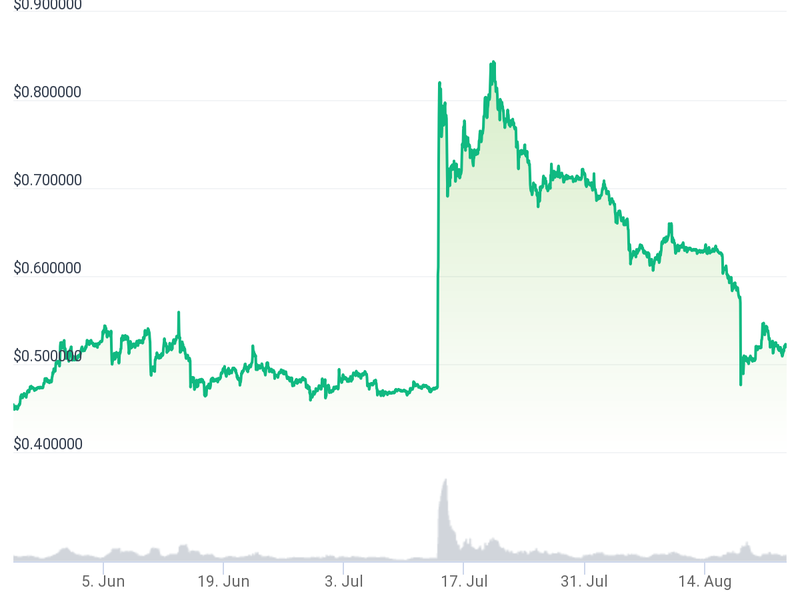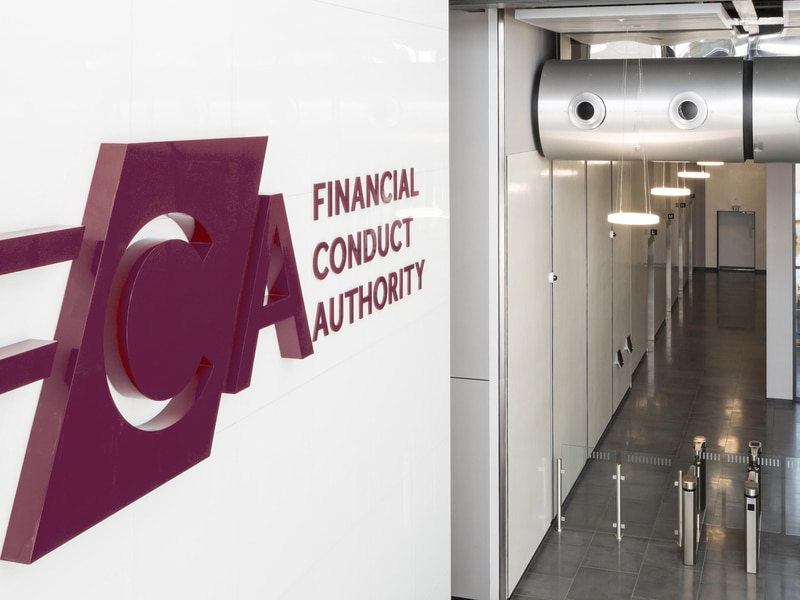Ripple Has Mixed Success in Motion to Dismiss Lawsuit Alleging Securities Fraud
Blockchain payments firm Ripple has been only partially successful in its bid to have a class-action lawsuit over alleged securities fraud thrown out.
- In a court ruling filed last Friday, Judge Phyllis J. Hamilton of the U.S. District Court of Northern California granted with prejudice two parts of Ripple’s motion to dismiss the 10 claims against it and its CEO, Brad Garlinghouse.
- The accusations come as a consolidated action from a group of disgruntled investors who claim Ripple and Garlinghouse failed to register XRP as a security with the U.S. Securities and Exchange Commission and made misleading statements about the cryptocurrency.
- In the ruling, Judge Hamilton agreed that lead plaintiff Bradley Sostack had failed to support two claims relating to a series of allegedly fraudulent statements made by Ripple and Garlinghouse in 2017.
- As such, Ripple’s motion to dismiss the sixth claim over misleading XRP advertisements and a seventh alleging an illegal securities issuance.
- However, Judge Hamilton also denied other portions of Ripple’s motion to dismiss the lawsuit, which was amended at the end of February.
- These include a fourth claim relating to the allegation that Garlinghouse “misrepresented the status” of his XRP investment.
- At issue is the CEO’s claim to have been “very, very long XRP as a percentage of my personal balance sheet,” when in fact he had sold off millions of dollars in the cryptocurrency.
- However, Sostack may now proceed with four of the 10 claims only on the basis of Garlinhouse’s alleged misrepresentations pertaining to the “scope and character of his XRP holdings.”
- These claims include statements about banks utilizing XRP to source liquidity and an increase in the token’s demand based on its “value proposition.”
See court document in full below:








